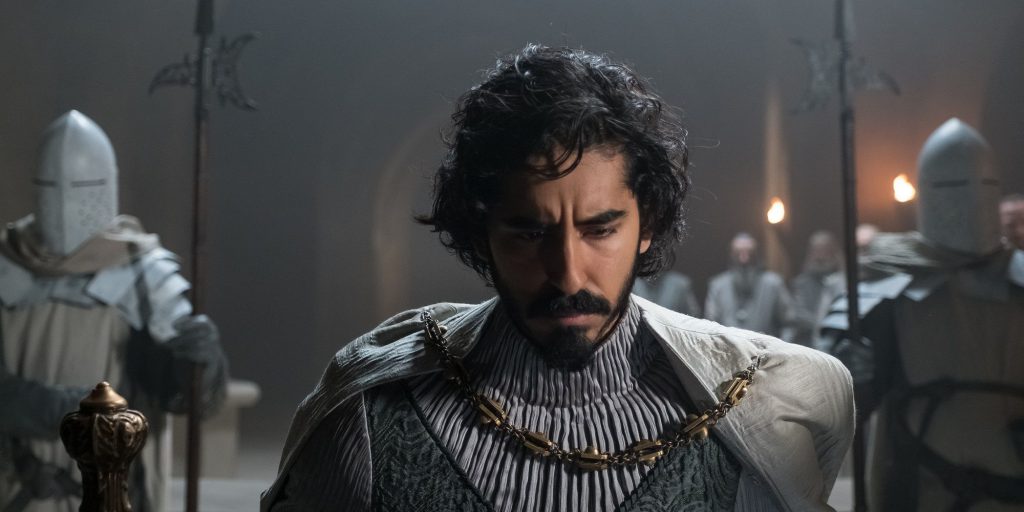The Green Knight’s chief, David Lowery, has opened up about which five movies extraordinarily motivated his rethinking of the fourteenth century Arthurian legend, Sir Gawain and the Green Knight. The Green Knight recounts the narrative of King Arthur’s adamant nephew Gawain (Dev Patel) as he embraces a mission to stand up to the nominal Green Knight, here introduced as a massive tree-like animal depicted by Ralph Ineson. The story is maybe perhaps the most notable Arthurian legends and has been adjusted to screen various occasions throughout the long term, with Lowery endeavoring to make something entirely unique with his adaptation.
Talking as a piece of Alamo Drafthouse’s Guest Selects program, Lowery uncovered a mixed arrangement of movies that were “fundamental motivations during the arranging and creation of The Green Knight”. As revealed by CinemaBlend, Lowery refered to The Dark Crystal, Bram Stoker’s Dracula, The Passion Of Joan Of Arc, Marie Antoinette, and Willow as key impacts that he remembered while making the film. With a portion of these, it’s not difficult to see where Lowery drew his motivation. He refered to that a lot of his cinematography utilized in The Green Knight drawn from Joan of Arc. He noticed that the 1928 film utilized “inconceivable arrangements of middle age France … yet [Carl Theodore Dreyer] decided to generally overlook them until the peak of the film, and to recount the story altogether in close-ups”, something that he decided to imitate. Moreover with Dark Crystal he expressed that the film caught the “feeling of going on a mission … to set out into parts obscure” which correspondingly needed to portray as Gawain embraces his excursion.
Others are somewhat more unpredictable, specifically Sofia Coppola’s Marie Antionette. The chief didn’t state it was a motivation on an esthetic level, yet he lauded the how movie’s “erroneous dates fall away.” For Lowery, the movie filled in as “an update, that … when you are managing the charity of history, that more significant than being truly precise is as a rule sincerely evident.” This feeling of passionate truth is something that unquestionably runs over in The Green Knight, particularly in the tone of the chief’s more obscure, to some degree more frightfulness orientated interpretation of the exemplary Arthurian legend.
The motivations positively seem to have helped Lowery create an outwardly shocking film. Early audits for The Green Knight have been predominantly certain, adulating Lowery’s cinematography and fabulous visuals, just as its dull and otherworldly tone that reshapes an otherwise recognizable story into something entirely novel. Plainly, Lowery has taken the most desirable characteristics of each the movies he refered to as impacts and coupled them with his own magnificent narrating to make a really realistic banquet. Crowds can decide for themselves anyway as The Green Knight is out now in theaters.
